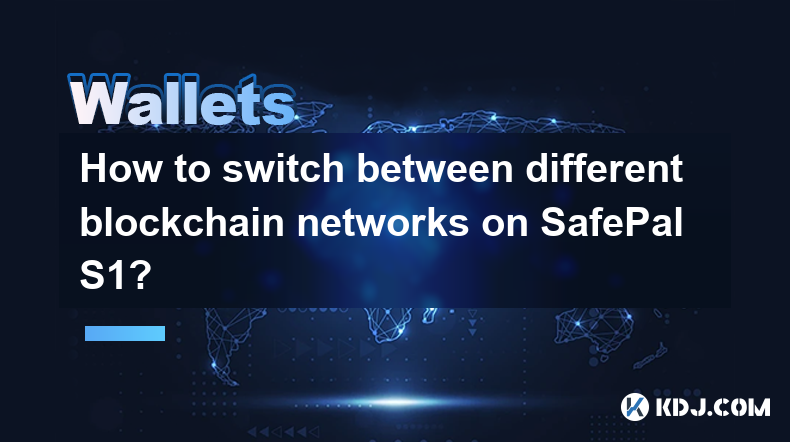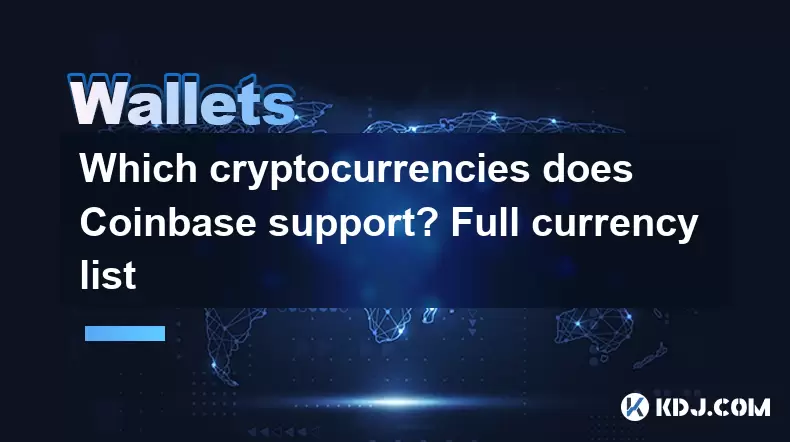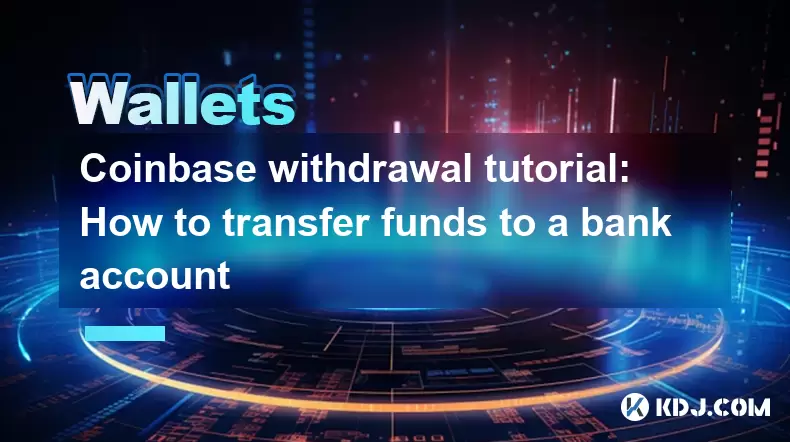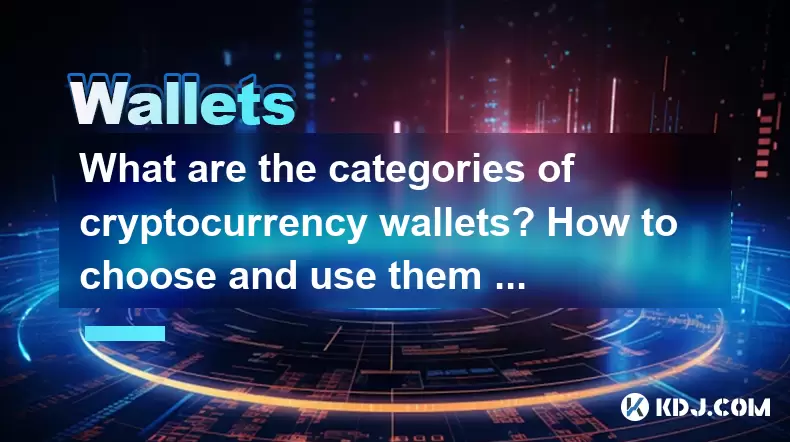-
 Bitcoin
Bitcoin $107,352.1067
0.28% -
 Ethereum
Ethereum $2,429.3531
-0.90% -
 Tether USDt
Tether USDt $1.0001
-0.02% -
 XRP
XRP $2.1894
4.62% -
 BNB
BNB $646.7968
0.36% -
 Solana
Solana $147.4290
4.03% -
 USDC
USDC $0.9998
-0.02% -
 TRON
TRON $0.2756
1.52% -
 Dogecoin
Dogecoin $0.1630
1.14% -
 Cardano
Cardano $0.5612
1.18% -
 Hyperliquid
Hyperliquid $37.0580
-0.05% -
 Bitcoin Cash
Bitcoin Cash $496.9410
-0.09% -
 Sui
Sui $2.7318
3.19% -
 Chainlink
Chainlink $13.1503
0.58% -
 UNUS SED LEO
UNUS SED LEO $9.0766
0.55% -
 Avalanche
Avalanche $17.7220
1.46% -
 Stellar
Stellar $0.2380
1.52% -
 Toncoin
Toncoin $2.8439
0.38% -
 Shiba Inu
Shiba Inu $0.0...01143
1.84% -
 Litecoin
Litecoin $85.8053
1.47% -
 Hedera
Hedera $0.1483
2.70% -
 Monero
Monero $314.3240
2.12% -
 Bitget Token
Bitget Token $4.6725
0.77% -
 Dai
Dai $1.0000
0.00% -
 Polkadot
Polkadot $3.3555
1.28% -
 Ethena USDe
Ethena USDe $1.0001
0.02% -
 Uniswap
Uniswap $7.0890
2.64% -
 Pi
Pi $0.5355
-3.40% -
 Pepe
Pepe $0.0...09393
1.06% -
 Aave
Aave $256.8136
-1.90%
How to switch between different blockchain networks on SafePal S1?
SafePal S1 supports multiple blockchains; switch networks via settings, ensure firmware is updated, and verify network authenticity for secure transactions.
Mar 31, 2025 at 11:49 am

Understanding Blockchain Networks and SafePal S1
The SafePal S1 hardware wallet supports multiple blockchain networks, allowing you to access and manage various cryptocurrencies. Each network operates independently with its own rules and token standards. Switching between networks involves changing the wallet's configuration to interact with the chosen blockchain. This is crucial for accessing different tokens and interacting with decentralized applications (dApps) built on those networks. Understanding the differences between networks like Ethereum, Binance Smart Chain, and others is vital before proceeding.
Preparing Your SafePal S1 for Network Switching
Before you begin switching networks on your SafePal S1, ensure your device is updated to the latest firmware version. This ensures compatibility and avoids potential issues. You'll also need to understand the specific requirements of the network you're switching to. Some networks might require higher gas fees or have different transaction confirmation times. Always double-check the network's status and any potential issues before proceeding.
Step-by-Step Guide to Switching Networks on SafePal S1
Switching networks on your SafePal S1 involves a few simple steps:
Unlock your SafePal S1: Enter your PIN code to unlock the device.
Navigate to the "Wallet" section: Use the device's navigation buttons to access the wallet interface.
Select the "Settings" option: Look for the settings icon (usually a gear or wrench) and tap it.
Find the "Network" settings: Within the settings menu, locate the option to manage or change networks.
Choose your desired network: A list of supported networks will be displayed. Select the network you wish to switch to (e.g., Ethereum, Binance Smart Chain, Polygon).
Confirm your selection: The device will prompt you to confirm your network selection. Double-check you've chosen the correct network before proceeding.
Wait for the network switch: The SafePal S1 will take a few moments to switch networks. Do not interrupt the process.
Verify the network: Once the switch is complete, verify the selected network is active in your wallet's display.
Adding Custom Networks (if needed)
If your desired network isn't listed, you might need to add it manually. This usually involves entering the network's RPC URL, chain ID, and other parameters. Always obtain this information from a reliable source to avoid scams or errors. Incorrect parameters can lead to loss of funds. The SafePal S1's manual or SafePal's official support documentation should provide detailed instructions on adding custom networks. Proceed with caution and double-check all entered information.
Understanding Different Blockchain Networks and Their Implications
Each blockchain network has unique characteristics affecting transaction speeds, fees, and security. Ethereum, for example, is known for its robust ecosystem but can experience high gas fees during periods of high network activity. Binance Smart Chain (BSC) often offers faster transaction speeds and lower fees, but its security might be comparatively less robust. Polygon aims to improve Ethereum's scalability by offering faster and cheaper transactions. Choosing the right network depends on your specific needs and priorities.
Security Considerations When Switching Networks
Switching networks on your SafePal S1 is generally safe when done correctly. However, it's crucial to be vigilant and avoid potential pitfalls. Always verify the network's authenticity before switching to prevent connecting to malicious or fraudulent networks. Never share your seed phrase or PIN code with anyone, even SafePal support staff. Regularly update your SafePal S1's firmware to benefit from the latest security patches.
Troubleshooting Common Issues
If you encounter problems switching networks, consider these troubleshooting steps:
Check your internet connection: A stable internet connection is crucial for network switching.
Restart your SafePal S1: A simple restart can often resolve minor glitches.
Check for firmware updates: Ensure your SafePal S1 is running the latest firmware version.
Consult SafePal's support documentation: Their official website provides detailed troubleshooting guides and FAQs.
Contact SafePal support: If the problem persists, contact their support team for assistance.
Frequently Asked Questions
Q: Can I switch networks while holding cryptocurrency?
A: Yes, you can usually switch networks while holding cryptocurrency, but ensure you select the correct network for your specific tokens. Incorrect network selection might prevent you from accessing your funds.
Q: What happens if I switch to the wrong network?
A: Switching to the wrong network won't directly lose your funds, but you won't be able to access or interact with them until you switch back to the correct network.
Q: Are there any fees associated with switching networks?
A: Switching networks on the SafePal S1 itself doesn't incur fees. However, transactions on the new network will still have associated gas fees.
Q: My desired network isn't listed. What should I do?
A: You might need to add it manually using the custom network settings. Refer to SafePal's official documentation for instructions. Ensure you use accurate information from reliable sources.
Q: Is it safe to add custom networks to my SafePal S1?
A: Adding custom networks can be safe if you use accurate network parameters from trustworthy sources. However, using incorrect or malicious data can compromise your security and funds. Proceed with caution and double-check all information.
Disclaimer:info@kdj.com
The information provided is not trading advice. kdj.com does not assume any responsibility for any investments made based on the information provided in this article. Cryptocurrencies are highly volatile and it is highly recommended that you invest with caution after thorough research!
If you believe that the content used on this website infringes your copyright, please contact us immediately (info@kdj.com) and we will delete it promptly.
- SEI Mirroring Solana: Price Spikes and the Next Big Crypto?
- 2025-06-28 20:52:13
- PENGU Price Surges: Are Whales Targeting $0.0149?
- 2025-06-28 20:30:12
- Notcoin's Wild Ride: Price Swings, Market Cap, and What's Next
- 2025-06-28 20:30:12
- COMP Price Wobbles as a16z Moves Tokens Amid Crypto Jitters
- 2025-06-28 20:52:13
- Bitcoin, XRP, and Macro Trends: Navigating the Crypto Landscape in 2025 and Beyond
- 2025-06-28 20:55:12
- Navigating Offshore Casinos: A Safe Haven for US Players?
- 2025-06-28 20:55:12
Related knowledge

How to stake cryptocurrencies on Coinbase? Benefits and risks
Jun 27,2025 at 06:36pm
Understanding Cryptocurrency Staking on CoinbaseStaking cryptocurrencies involves locking up digital assets to support the operations of a blockchain network, typically in return for rewards. Coinbase, one of the most popular cryptocurrency exchanges globally, offers staking services for several proof-of-stake (PoS) coins. Users can stake their holdings...

How to contact Coinbase customer service? Support channels and response times
Jun 28,2025 at 01:29pm
Contacting Coinbase Customer Service: Support Channels and Response TimesIf you're a user of Coinbase, reaching their customer service team may become necessary for various reasons, such as account verification issues, transaction disputes, or technical difficulties. Understanding the different support channels available and what to expect in terms of r...

Coinbase advanced trading function usage tutorial: limit orders and market orders
Jun 28,2025 at 09:07pm
Understanding the Difference Between Limit Orders and Market OrdersWhen using Coinbase's advanced trading features, it is crucial to understand the fundamental difference between limit orders and market orders. A market order executes immediately at the best available price on the market. This type of order ensures that your trade goes through quickly, ...

Which cryptocurrencies does Coinbase support? Full currency list
Jun 28,2025 at 08:36am
Overview of Cryptocurrencies Supported by CoinbaseCoinbase is one of the most popular and trusted cryptocurrency exchanges globally. It provides users with a platform to buy, sell, trade, and store various digital assets. As of the latest updates, Coinbase supports over 200 cryptocurrencies, including major ones like Bitcoin (BTC), Ethereum (ETH), and L...

Coinbase withdrawal tutorial: How to transfer funds to a bank account
Jun 28,2025 at 02:35am
Understanding Coinbase WithdrawalsCoinbase is one of the most widely used cryptocurrency platforms, allowing users to buy, sell, and store digital assets. Once you've successfully traded or held your crypto on Coinbase, the next logical step may be to withdraw funds to a bank account. This process involves converting your cryptocurrency into fiat curren...

What are the categories of cryptocurrency wallets? How to choose and use them safely?
Jun 21,2025 at 10:42pm
Understanding Cryptocurrency WalletsCryptocurrency wallets are essential tools for anyone involved in the digital asset ecosystem. They allow users to store, send, and receive cryptocurrencies securely. Unlike traditional wallets that hold physical money, crypto wallets manage cryptographic keys—private and public—which interact with blockchain networks...

How to stake cryptocurrencies on Coinbase? Benefits and risks
Jun 27,2025 at 06:36pm
Understanding Cryptocurrency Staking on CoinbaseStaking cryptocurrencies involves locking up digital assets to support the operations of a blockchain network, typically in return for rewards. Coinbase, one of the most popular cryptocurrency exchanges globally, offers staking services for several proof-of-stake (PoS) coins. Users can stake their holdings...

How to contact Coinbase customer service? Support channels and response times
Jun 28,2025 at 01:29pm
Contacting Coinbase Customer Service: Support Channels and Response TimesIf you're a user of Coinbase, reaching their customer service team may become necessary for various reasons, such as account verification issues, transaction disputes, or technical difficulties. Understanding the different support channels available and what to expect in terms of r...

Coinbase advanced trading function usage tutorial: limit orders and market orders
Jun 28,2025 at 09:07pm
Understanding the Difference Between Limit Orders and Market OrdersWhen using Coinbase's advanced trading features, it is crucial to understand the fundamental difference between limit orders and market orders. A market order executes immediately at the best available price on the market. This type of order ensures that your trade goes through quickly, ...

Which cryptocurrencies does Coinbase support? Full currency list
Jun 28,2025 at 08:36am
Overview of Cryptocurrencies Supported by CoinbaseCoinbase is one of the most popular and trusted cryptocurrency exchanges globally. It provides users with a platform to buy, sell, trade, and store various digital assets. As of the latest updates, Coinbase supports over 200 cryptocurrencies, including major ones like Bitcoin (BTC), Ethereum (ETH), and L...

Coinbase withdrawal tutorial: How to transfer funds to a bank account
Jun 28,2025 at 02:35am
Understanding Coinbase WithdrawalsCoinbase is one of the most widely used cryptocurrency platforms, allowing users to buy, sell, and store digital assets. Once you've successfully traded or held your crypto on Coinbase, the next logical step may be to withdraw funds to a bank account. This process involves converting your cryptocurrency into fiat curren...

What are the categories of cryptocurrency wallets? How to choose and use them safely?
Jun 21,2025 at 10:42pm
Understanding Cryptocurrency WalletsCryptocurrency wallets are essential tools for anyone involved in the digital asset ecosystem. They allow users to store, send, and receive cryptocurrencies securely. Unlike traditional wallets that hold physical money, crypto wallets manage cryptographic keys—private and public—which interact with blockchain networks...
See all articles
























































































